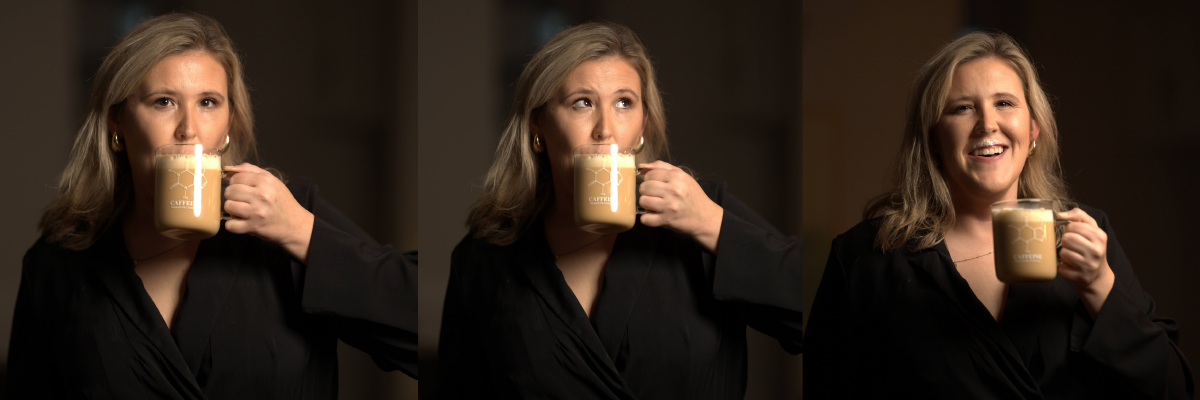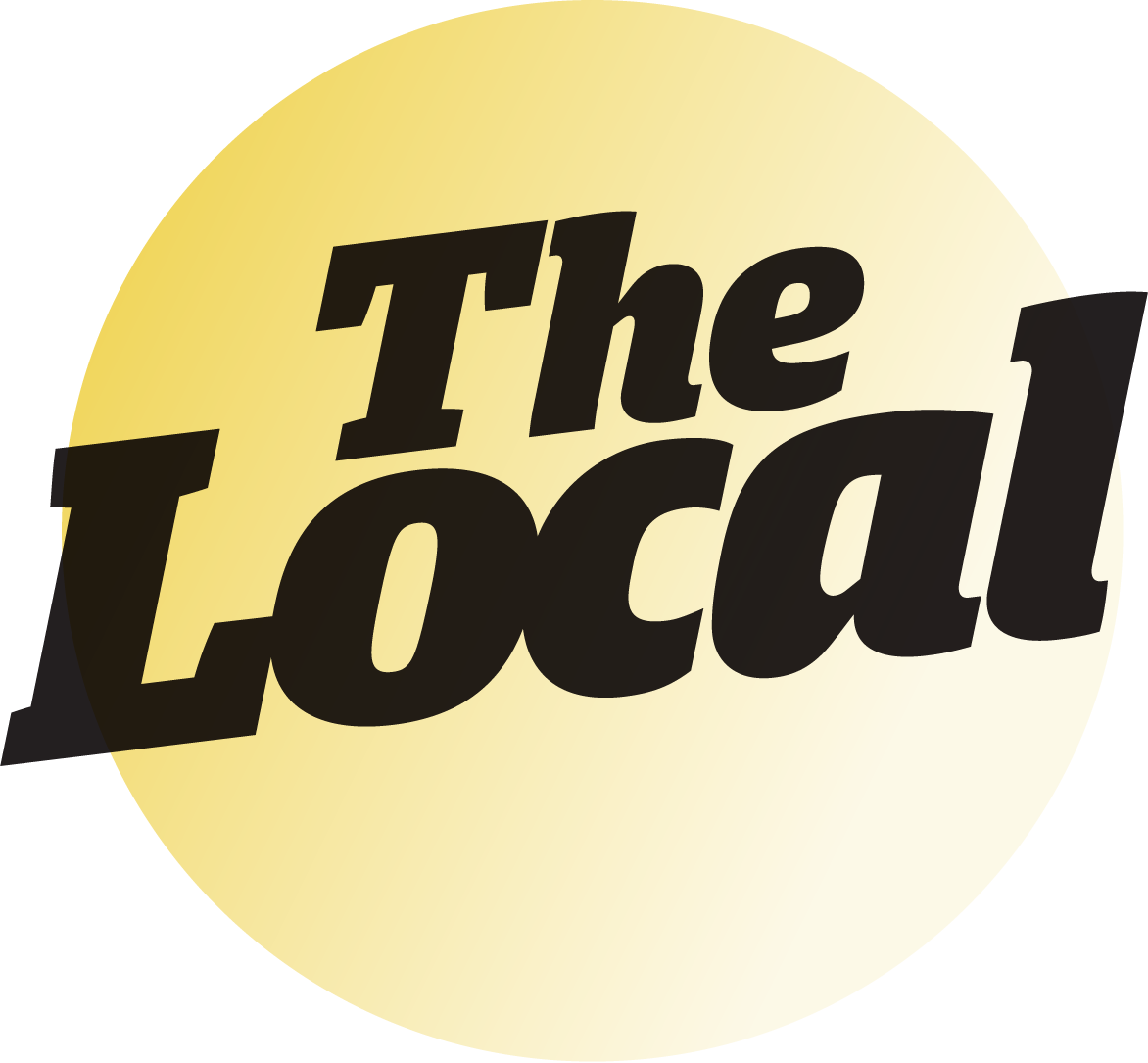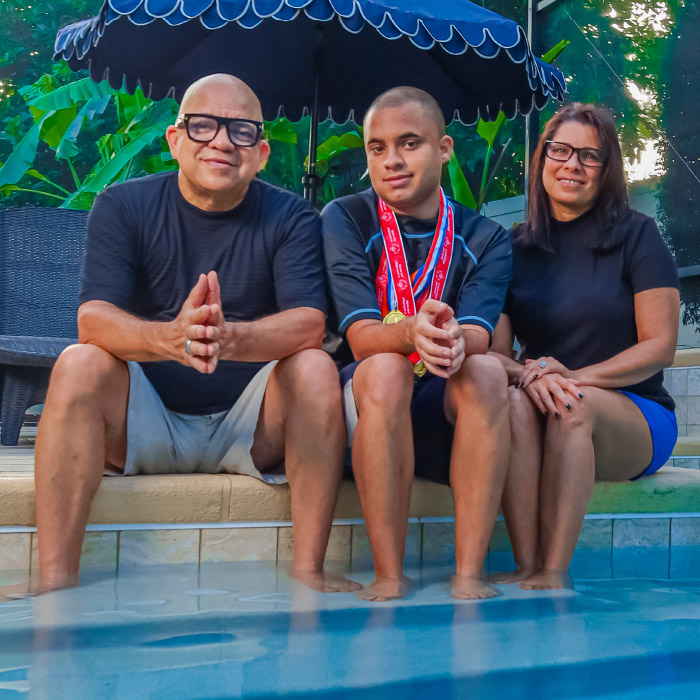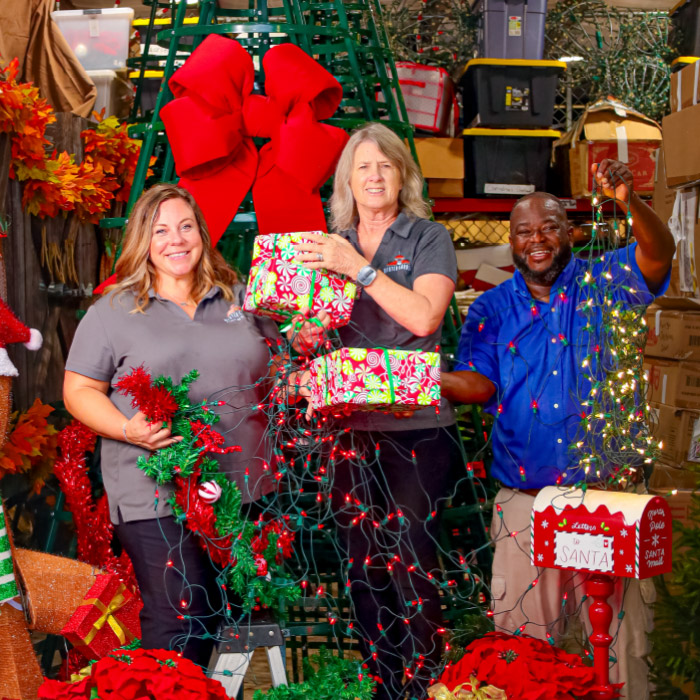Grounds For
Celebration
Tarin Scarbrough spills the beans on brewing café-quality drinks at
home with the right tools and techniques.
- Fred Lopez
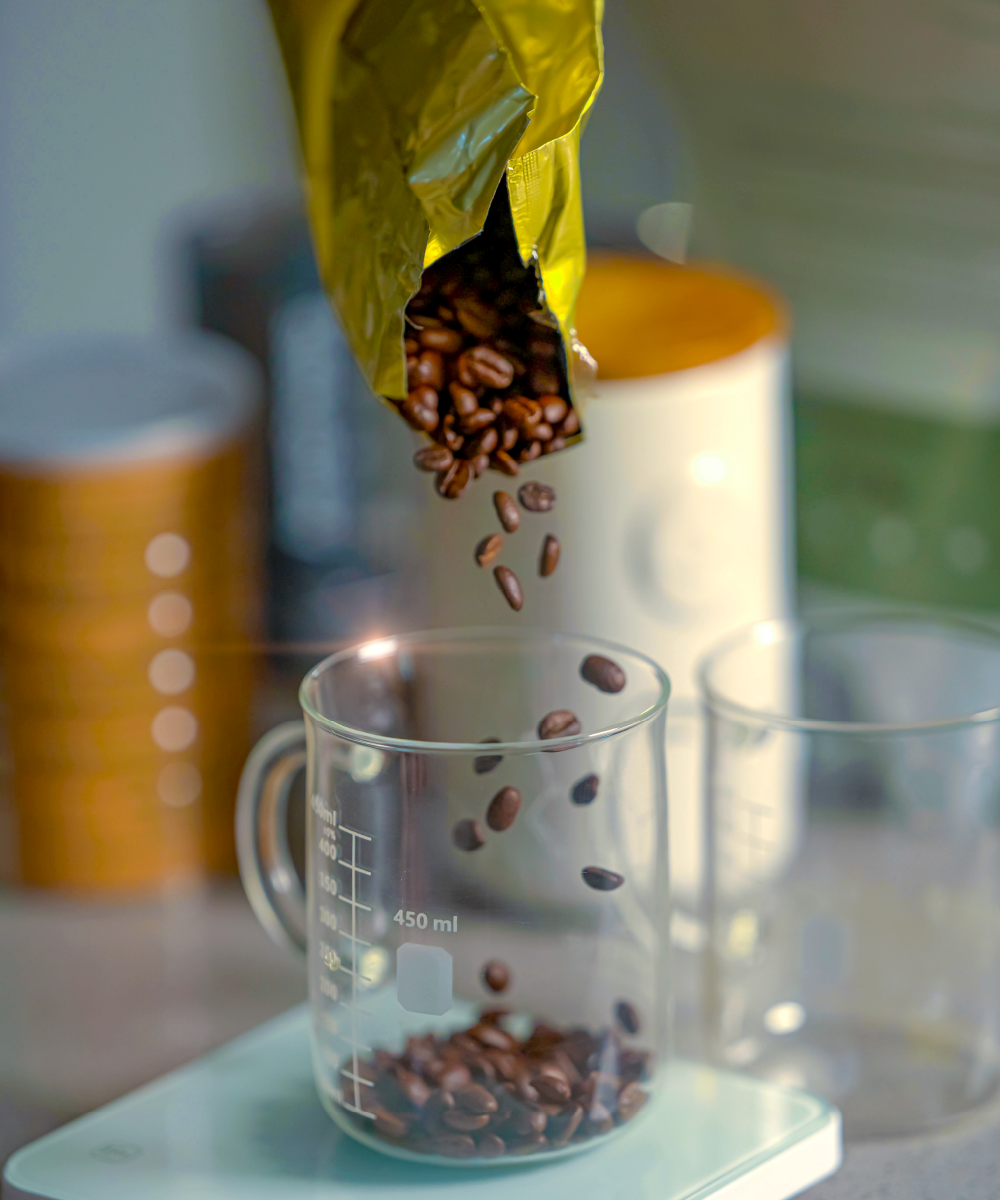
I’ve never been one for resolutions. They tend to force me to stop doing something that brings me joy or start doing something that feels unnatural. Instead, I aim for practical changes—small, manageable shifts that improve my life without sending me into an existential crisis by February. This year, that meant more DIY projects. Not in the “rebuild my kitchen cabinets from scratch” kind of way, but in the “take what I already do and make it better” way. And thanks to Winter Garden officially nixing its recycling program, I started thinking more about how to Reduce and Reuse, especially with things I consume daily.
And my cup of tea? It’s coffee.
Drinking coffee is my ritual. Having a bad day? Let’s get a cup of coffee. Want to meet up with a friend? Come over and drink coffee. What gets me out of bed? A little thing called JOE. It’s a timeless act that speaks to every generation. And it’s evident with the plethora of coffee shops around town that stay thriving despite massive competition. But in my quest to DIY more of what I already love, I set out to perfect my coffee game at home.
Here’s the thing: making a great cup of coffee doesn’t require a million gadgets or a small business loan. You don’t need a high-tech espresso machine that looks like it belongs in a spaceship. With a few simple tweaks, you can brew a cup so good, it might make you question your loyalty to the local coffeehouse (sorry, baristas). Here’s what I’ve learned.
Start With Good Beans (And Treat Them Right)
If you want coffee that tastes like it came from a specialty café, start with quality beans. And if you still want to support local shops, buy their beans instead of their lattes. Whole beans are the way to go—pre-ground coffee stales faster than a forgotten loaf of bread. Grinding just before brewing makes a huge difference.
Let’s not get carried away, though. If you’re not ready to invest in a burr grinder, no problem. A simple blade grinder can still elevate your morning cup. The goal is to control freshness, not to win the title of World’s Most Pretentious Coffee Drinker.
And about storage—step away from the freezer. Coffee doesn’t need to be cryogenically preserved. Just keep it in an airtight container, away from light, heat, and moisture. Not-so-fun-fact: Mold is caused by mycotoxins (toxic substances), and certain coffees have less risk of mycotoxins, such as Arabica beans and dark roasts. Consider this while choosing your beans, then house them appropriately.
“Coffee is 98% water. So if your tap water tastes weird, your coffee will too”.
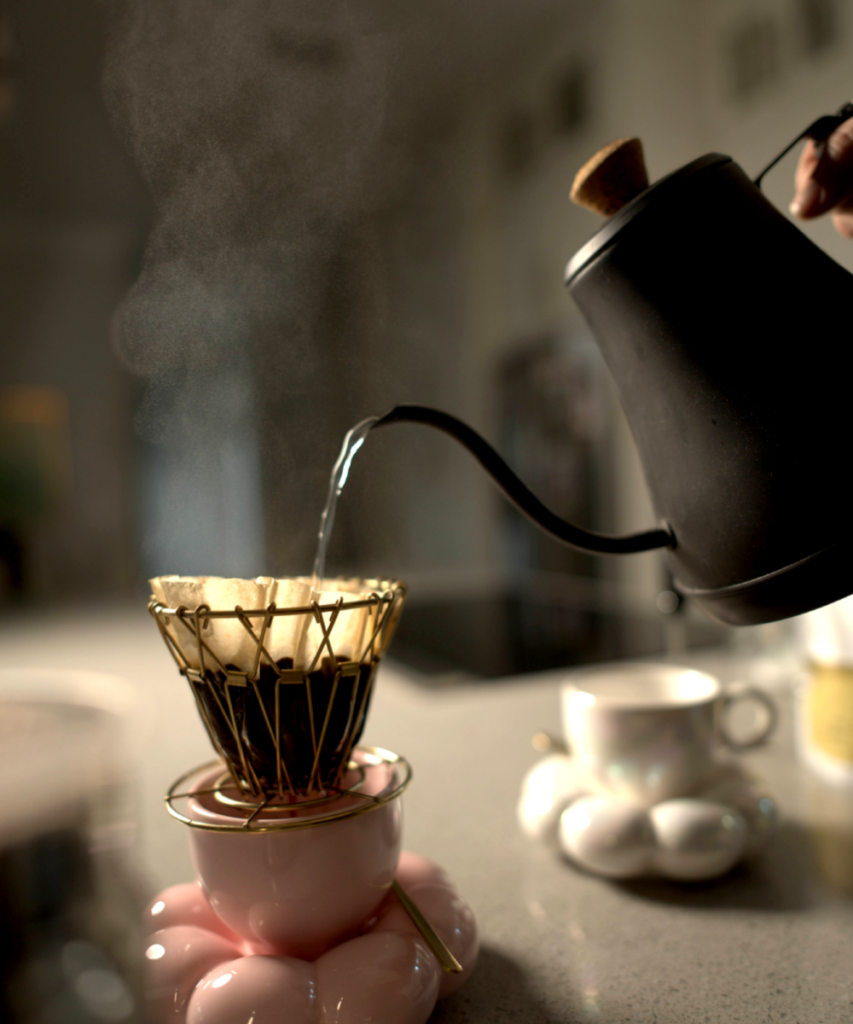
Choose Your Brew Method Wisely
If you’re going to invest in one coffee-making tool, make it a good one—but keep it simple. A French press, an Aeropress, or a collapsible pour-over are all excellent options that don’t require an electrical engineering degree to operate. The beautiful souls at Prairie House in Oakland recommended the Aeropress (which they sell in-house), and I can confidently say it has changed my life.
All three are portable devices that require only hot water and coffee to fuel your soul and give you a coffeehouse experience right in your own home. Plus, they make your house smell better than any overpriced “French Café” candle ever could. Bonus: they require minimal energy use—great for those of us trying to be a little more sustainable.
Depending on your preference, all three can deliver different quantities and give you time to really dive into your personal preferences. It can be quite cathartic discovering your perfect cup of coffee, made by your own hand.
Water Matters More Than You Think
Coffee is 98% water. So if your tap water tastes weird, your coffee will too. If you can, use filtered water. If not, at least let your tap water run for a few seconds before filling your kettle to avoid any stale water sitting in your pipes. And while we’re at it, let’s talk temperature: The ideal brewing range is between 195°F and 205°F. Too hot, and you’ll over-extract bitter compounds; too cool, and your coffee will be weak and lifeless.
DIY Your Mixers and Flavors
I take my coffee black most of the time, but sometimes, a little extra something is necessary. While grocery store creamers are fun, they’re often loaded with artificial ingredients and sugar. So why not make your own?
Infused creams are a game-changer. Lately, I’ve been obsessed with something I found on Instagram called the “Dirty Earl”—a mix of Earl Grey-infused cream and espresso. It combines two of my favorite things and feels like a fancy café creation without the fancy price tag. You can infuse cream with vanilla beans, cinnamon sticks, or even lavender if you’re feeling adventurous. And if you want that velvety, frothy texture, invest in a milk frother (or shake warm milk in a jar like a pioneer, if that’s your thing.).
Discover Your True Coffee Preferences
Most of us default to the easiest option—a drive-thru order, a K-cup, whatever’s on sale—without ever stopping to figure out what we actually like. But taking just 10 minutes to brew with intention can change everything. Do you prefer a bolder roast or something lighter and fruitier? Do you enjoy the deep richness of a French press, or the clean clarity of a pour-over? Experimenting with different methods and beans helps you dial in to what truly makes your taste buds sing.
And if you need extra motivation to ditch the Keurig, just do a quick Google search on mold in coffee water tanks. You’ll thank me later.
The Joy of Crafting Your Own Coffee Experience
There’s something deeply satisfying about making a perfect cup of coffee, knowing that you did it yourself. It’s a small act of self-sufficiency, a moment of mindfulness before the chaos of the day sets in. And, let’s be honest, it feels pretty great when someone comes over and you casually hand them a cup of coffee that rivals their usual $6 latte.
So, to my beloved local coffee shops: I apologize in advance if you see a slight dip in sales. But I won’t apologize for the joy of sitting in my own kitchen, sipping on the best cup of coffee I’ve ever had—made by my favorite barista: me.
